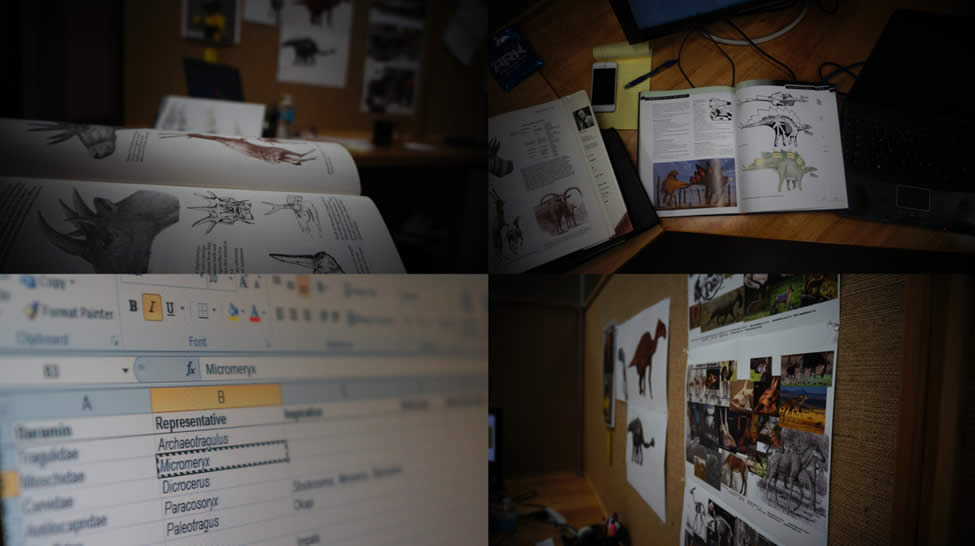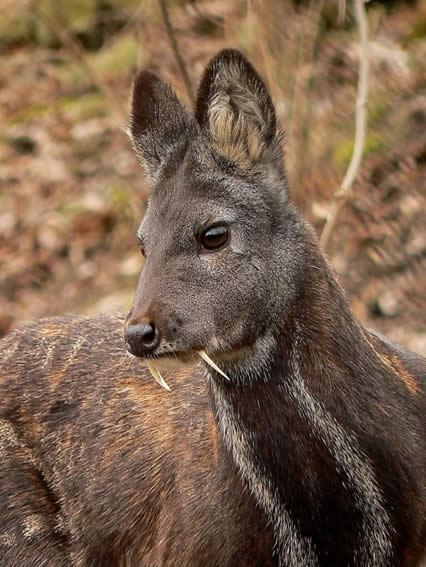Creating Kinds
by Ark Encounter on June 5, 2014As we plow ahead with the design phase of the Ark Encounter, one of things that we’ll be determining is how we want the representatives of each “created kind” of animal—or baramin—to look. This is perhaps a little more complicated than it sounds, as there are various limiting factors that we have to consider in the process.

One of our goals is to identify and eliminate from our animal designs those features that result from post-Flood changes. These “new” features include not only superficial expressions (e.g., certain post-Flood coat colors or patterns in mammals) but also broader expressions of animal anatomy (like longer necks, fewer toes, or changes in body proportions). The latter will be the first step in this process.
To demonstrate the process, let us use musk deer as an example:

Siberian Musk Deer (Moschus moschiferus). Image courtesy of Wikipedia.org
In the “Mammalian Ark Kinds” study, Dr. Jean Lightner estimates that musk deer group into a baramin at the family level—in our present classification scheme, Moschidae. Among living moschids, there is only one genus and seven species. For our purposes at Ark Encounter, however, we wish to draw our inspiration not only from present day moschids or by randomly combining moschid features, but also from fossil moschids most like the ones taken aboard the Ark. Since it is likely that the moschids buried in rock layers deposited by localized catastrophes just after Flood are closer in appearance to the Ark representatives than our modern expressions of the moschid baramin, we next conduct a survey of fossil moschids buried in the lowest possible post-Flood sediment. Candidates with the best quality fossil material or the greatest physical similarity to later representatives of the baramin are selected as references. In the case of Moschidae, it seems that a little critter called Micromeryx best fits the bill.

Life restoration of Micromeryx. Image courtesy of Wikipedia.org.
Later in the process, we’ll generate style guides so that our artists and fabricators can craft the best possible depictions of the animals on board the Ark.
Have any questions? Leave us a comment on our Facebook page!
Interested in related articles? Check out the links below.
Thanks for dropping in, and thanks for praying!
Related Articles